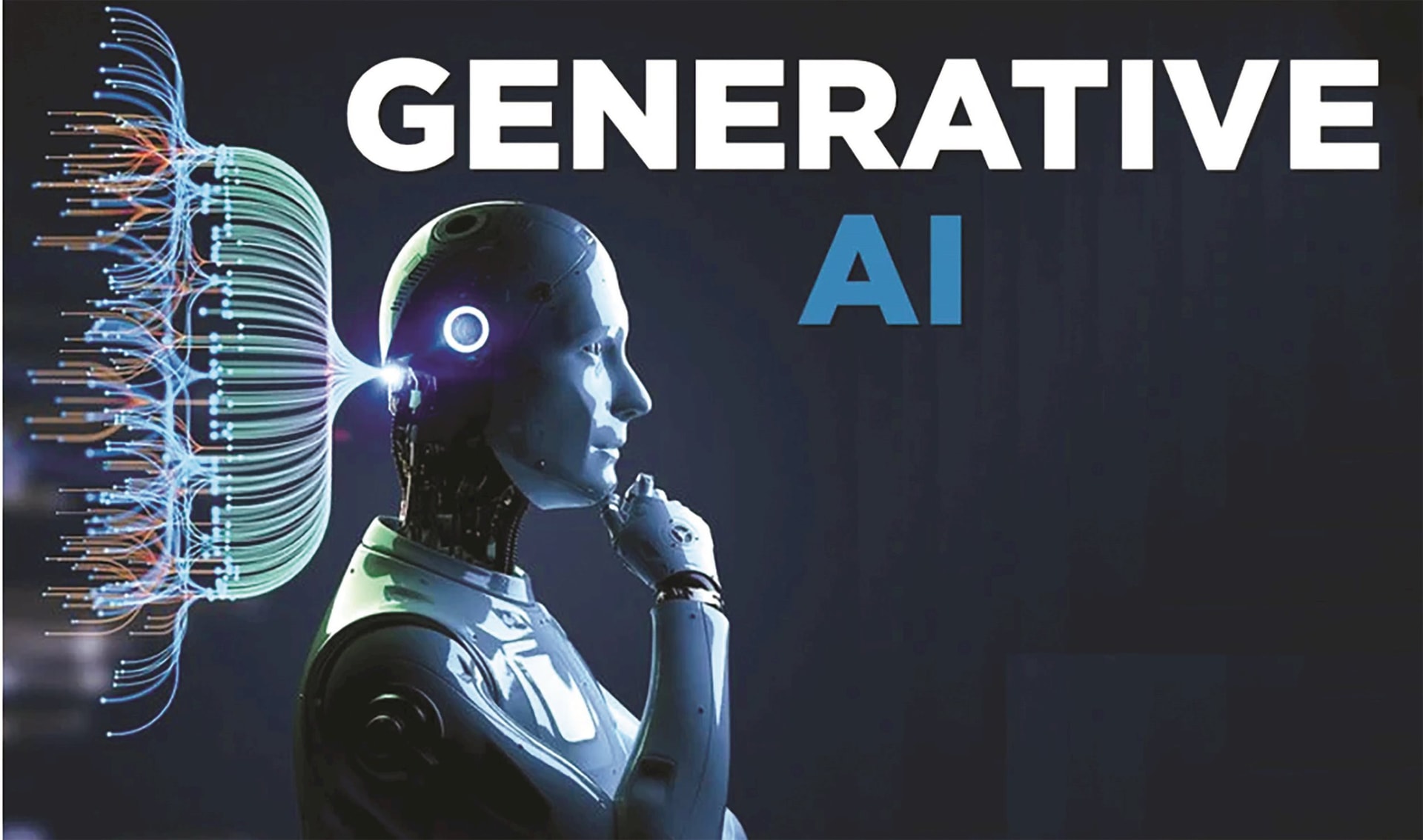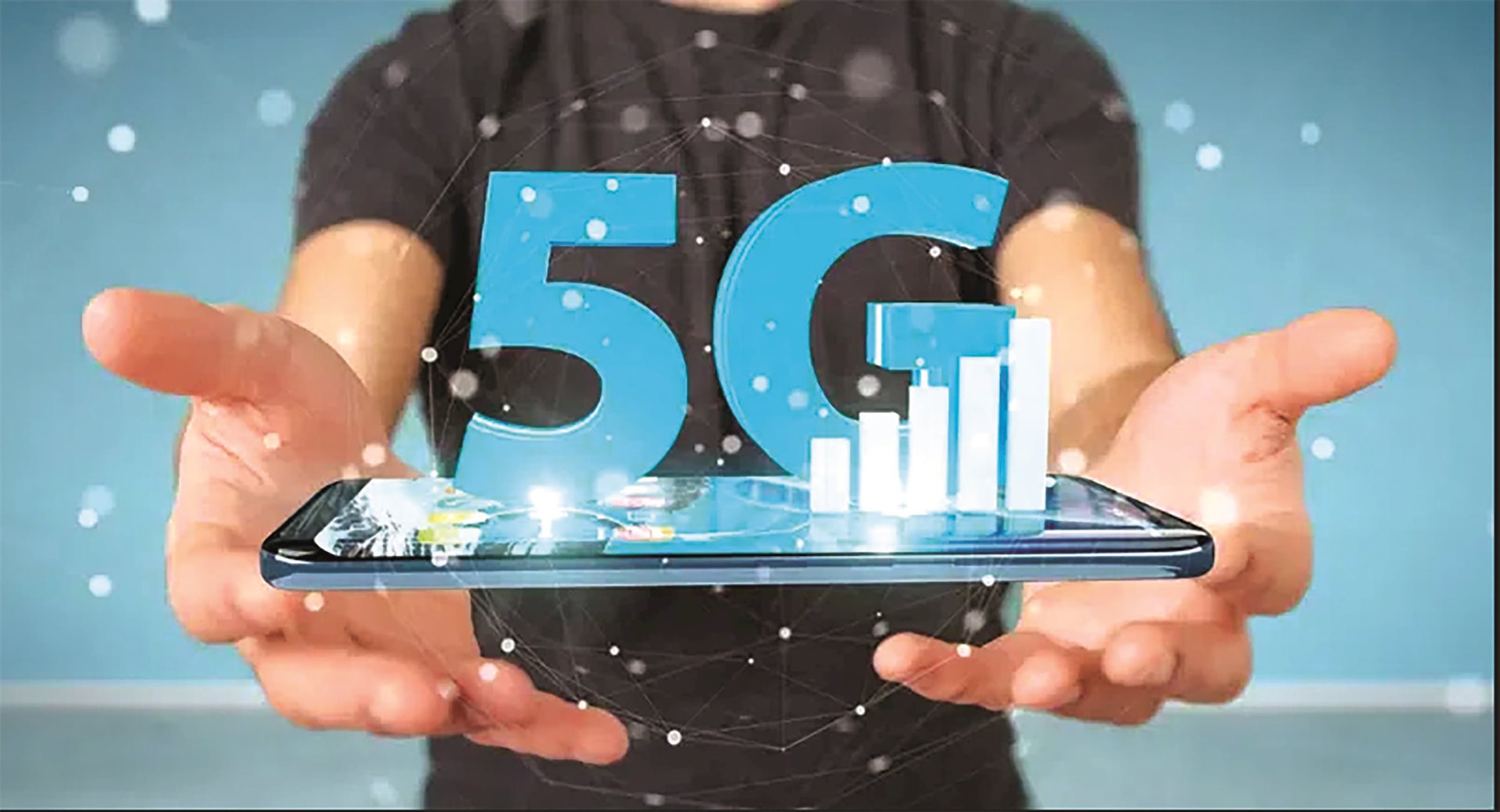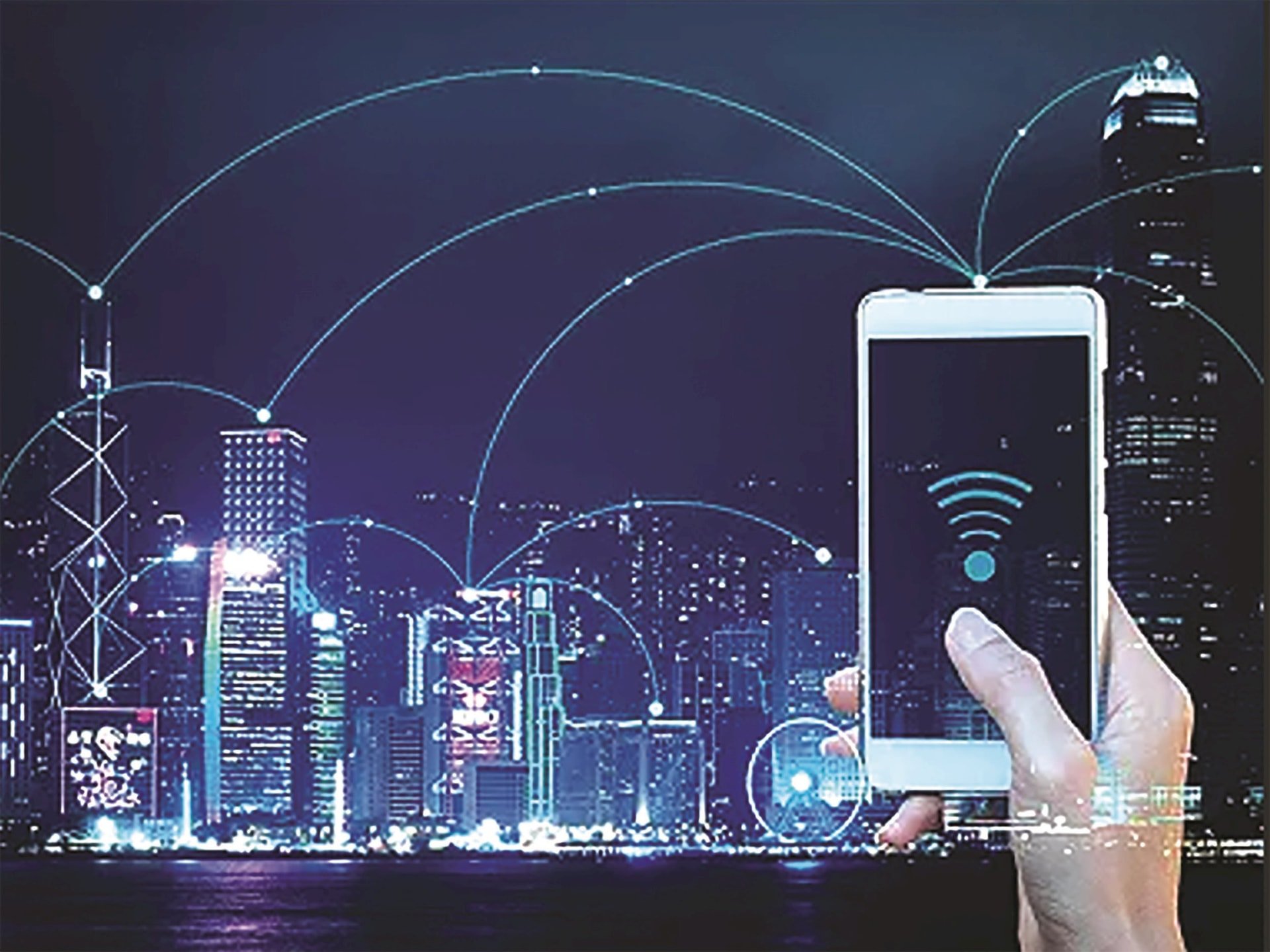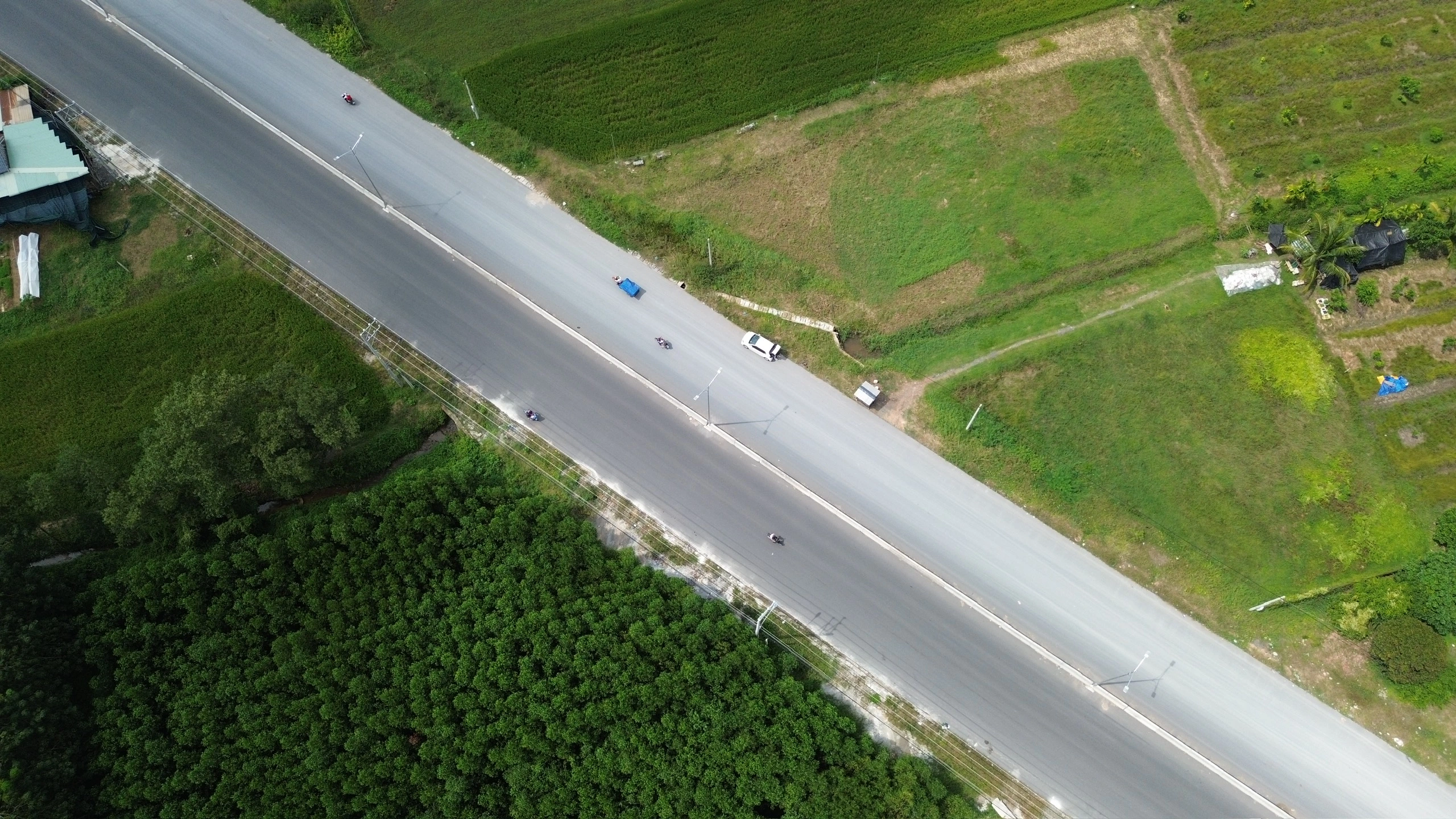
1. Generative AI
Topping the list of emerging technology trends is none other than generative AI. Generative AI is a type of artificial intelligence designed to generate new content, such as text, images, audio, or video, based on patterns and information it has learned from training data. Unlike traditional AI systems, which only perform pre-programmed tasks, generative AI has the ability to be creative and create new products from nothing, or from input data.
This technology continues to be a mainstream trend in 2025, with its incredible ability to create human-like content, from text, images, audio to complex simulations.
The development of consumer-facing generative AI platforms such as Google Bard and OpenAI’s ChatGPT is fueling the market’s strong growth, which is expected to grow from $137 billion in 2024 to $1.3 trillion over the next decade, according to Bloomberg Intelligence (BI).
Innovations in generative modeling, including GPTs and multimodal systems, are opening up new possibilities in areas such as content generation, automated design, and immersive interactive experiences.
This transformative technology will not only improve efficiency but also change business strategies in problem solving, customer engagement, and innovation development. By 2025, organizations will increasingly integrate generative AI into their operations, driving innovation and delivering personalized services at scale.
2. Agent AI
While generative AI drives the rise of AI adoption in businesses, agentive AI is expected to drive revolutionary change across industries.
Agentic AI is a type of artificial intelligence that is capable of acting independently and performing tasks automatically without constant human intervention. This AI system can make decisions and perform actions in a specific environment to achieve the goals that they have been programmed or learned.
According to Emergen Research, the agent AI market is expected to reach $30.89 billion by 2024, growing at a robust compound annual growth rate (CAGR) of 31.68%.
Agent AI marks a major advance in artificial intelligence, allowing systems to operate with a greater degree of autonomy. These systems are designed to perform complex tasks independently, make decisions, and adapt to new challenges without human supervision.
Unlike current AI tools and large language models, agent AI opens up a new paradigm. It allows systems to proactively plan and act to achieve user-defined goals, paving the way for virtual agents that can augment, automate, and improve human workloads or existing applications.

3. AI Governance Platform
As AI becomes increasingly integrated into critical infrastructure, 80% of data professionals acknowledge that it increases data security challenges, highlighting the need for robust security and governance frameworks. This trend highlights the urgency of developing rigorous standards and regulations to ensure AI systems operate safely, reliably, and ethically across industries.
Important elements of responsible AI deployment include minimizing algorithmic bias to avoid unfair or harmful outcomes, increasing transparency to build trust by clarifying how AI decisions are made, and ensuring accountability to uphold ethical and legal standards.
As AI continues to be integrated into the fabric of society, building a safe and trustworthy AI environment is not only a priority but essential to maintaining confidence in the transformative role of these technologies.
4. Internet of Things (IoT) in smart cities
The global market for IoT (Internet of things) in smart cities is expected to reach $312.2 billion by 2026, growing at a robust compound annual growth rate (CAGR) of 19.0%.
IoT technology in smart cities integrates sensors and devices to collect data, helping to manage assets, resources, and services more efficiently. This includes optimizing traffic and public transportation, improving energy efficiency with smart grids, and deploying connected systems for public safety and emergency response. As urban areas expand, IoT plays a key role in addressing complexity and improving the quality of life for citizens.
5. Edge Computing
Edge computing is a computing model in which data is processed near its origin or the “edge” of the network (edge), instead of having to send all data to distant data centers (cloud) for processing. The goal of edge computing is to reduce latency, reduce network bandwidth, and increase performance by processing data where it is generated, such as on devices or network nodes near end users.
The global edge computing market is expected to expand significantly, from USD 13.66 billion in 2024 to USD 181.96 billion by 2032, at an impressive compound annual growth rate (CAGR) of 38.2% during the forecast period.
Edge computing processes data close to where it is generated, eliminating the need for centralized data centers. This approach is critical for applications that require real-time processing and rapid decision making, avoiding the delays typically found in cloud computing. Key applications include autonomous vehicles, industrial IoT, and data management in remote areas.
Edge computing plays a key role in autonomous vehicles by enabling real-time data processing right in the car. Companies like Tesla and Waymo use this technology to improve safety and ensure efficient operations.

6. 5G Network
5G networks continue to be deployed globally, creating a fast and reliable connectivity infrastructure that can deliver high-speed transmission and low latency for services and applications. The 5G market is expected to reach a value of USD 667.90 billion by 2027, growing at a compound annual growth rate (CAGR) of 43.9% from 2020 to 2027.
As 5G networks become more widespread, widespread adoption of applications such as virtual reality (VR), augmented reality (AR), and real-time cloud services will become a reality. Businesses can leverage 5G to improve work efficiency, increase productivity, and reduce operating costs.
5G will bring an explosion of IoT applications, with connected devices able to interact in real-time, while supporting advanced technologies such as self-driving cars and remote healthcare services.
7. Blockchain technology and digital currency
Blockchain technology will continue to have a strong impact in 2025, not only in the financial sector but also in many other industries such as healthcare, supply chain, and identity management. Blockchain provides a decentralized and transparent data storage system, which helps reduce fraud and improve security.
Digital currencies, especially central bank currencies, will also continue to grow strongly. Governments and central banks around the world are experimenting with and implementing digital currencies to improve international payments, reduce transaction costs, and increase efficiency in the financial system.
Blockchain technology can also support smart contract platforms, helping automate transactions and reduce dependence on intermediaries.
8. Augmented reality (AR) and virtual reality (VR) technology
AR and VR technology are changing the way we interact with the digital and real worlds. AR applications in retail, education, and entertainment will continue to expand, allowing users to interact with 3D objects and experience virtual environments.
The AR/VR market is expected to reach $296 billion by 2025, fueling the growth of applications in areas such as training, healthcare, tourism, and manufacturing. The technology will not only help users experience complex simulations but also support professional and educational activities through virtual environments.
Both AR and VR have the potential to change the gaming industry, with games becoming more immersive and lifelike than ever before.
9. Robots and automation technology
As automation becomes increasingly important in areas such as manufacturing, logistics, and healthcare, autonomous robots will continue to thrive. Modern robotic systems can not only perform simple tasks but also perform complex tasks such as surgery, cleaning, and even participate in the creative process.
According to some forecasts, the industrial robot market will reach $80 billion by 2027, with strong growth of robots serving industries ranging from healthcare to manufacturing and logistics.
10. Machine learning and data analytics
Machine learning and data analytics will continue to thrive in 2025. Companies are increasingly using big data to make smarter decisions and optimize their operations.
Advanced data analytics tools will help businesses predict trends, consumer behavior and changes in the market, thereby providing timely strategies to maintain competitive advantage.
Source: https://daidoanket.vn/10-xu-huong-cong-nghe-trong-nam-2025-10299025.html




























































































Comment (0)